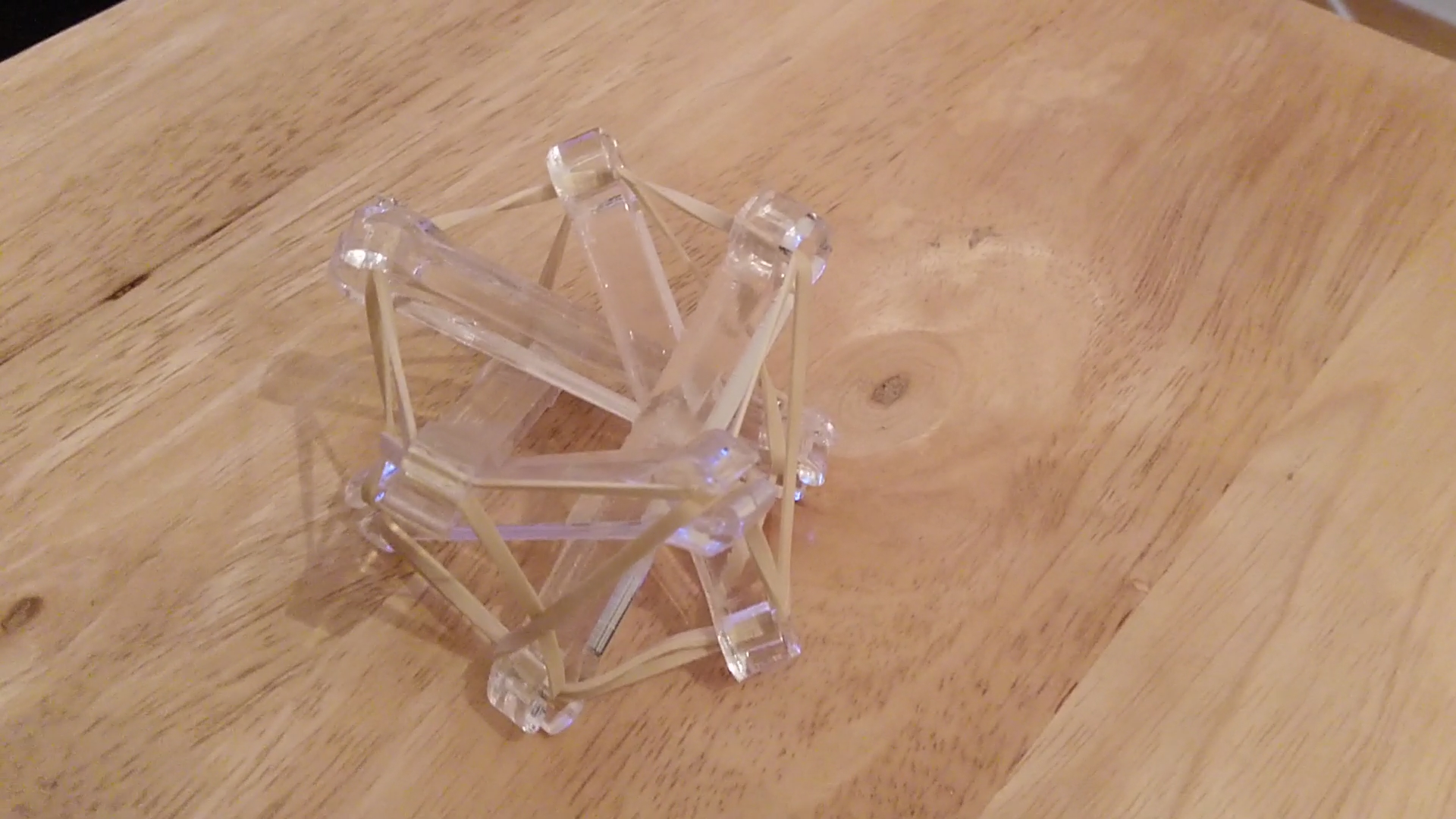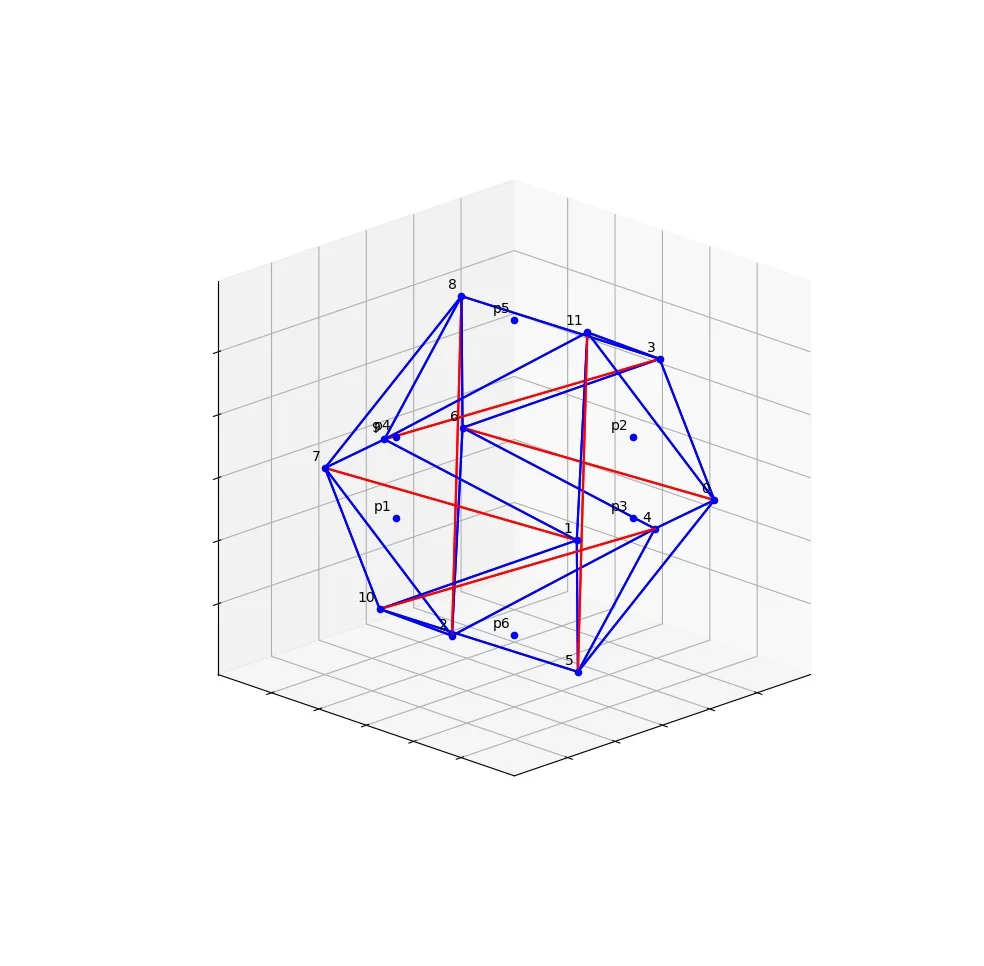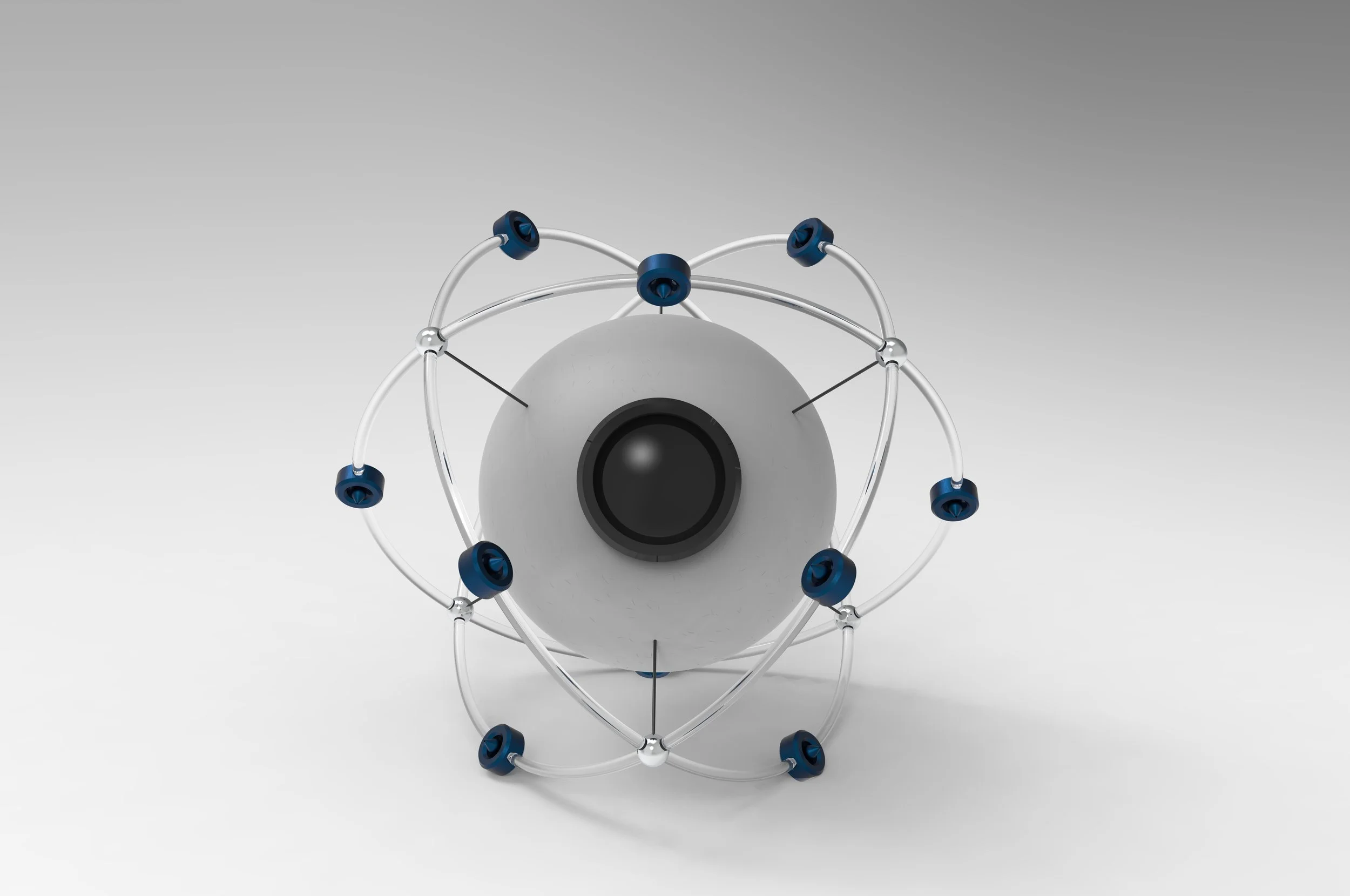Modelling
Solid Modelling (Fusion 360)
Rendering (KeyShot)
Prototyping
Microelectronics (Arduino)
Laser cutting
3D printing
Testing
Data analysis (python)
Optimisation
Research
Use cases
Technology
Design
Speculative design
Form finding algorithms
Works-like prototype design
Structure design
The Brief
“The project aims to develop high-performance, lightweight structures for future vehicles through innovative structural design, at the same time, by utilising the most advanced materials and manufacturing technologies. The concept of light-weighting design has been extensively explored in many industries, from aviation to architecture, from fashion and packaging. It is particularly important for transportation sectors, in terms of providing optimum mobility performance, minimum energy consumption, and achieving more environmentally-friendly footprint. Through the group project, students are expected utilise new design concepts (e.g. bionic design, multi-scale optimisation) and new materials (e.g. composites, cellular materials), with manufacturability being considered, to develop a lightweight design of a component or assembly which can be used in some future vehicles.”
The Outcome
We decided to investigate making drones (as in quad-copters) more crash resistant. Drones are a vehicle type that has seen explosive growth recently, with a range of new applications. Most crash-resistant solution so far have focused on adding additional pieces to the drone (protective cages, etc.) resulting in additional size, weight, and cost. We instead made the structure of the drone itself more compliant, through use of tensegrity - an array of rigid beams held in tension by elastic members.
Shape Finding - Drop Testing
A collection of generic beams were laser cut at first and different shapes to drop test were made. Each shape was drop tested at different tensions, and the slow motion video analysed to determine which performed better in a drop.
Shape Finding - Algorithm
To help confirm the findings of the drop test and potentially find new and novel configurations, an algorithm was written testing different configurations of tensegrity structures to find which were most stable.
Prototyping
There was an extensive prototyping process trying to find the most effective form of an icosohedron. Each of these structures was repeatedly drop tested and analysed with a gyroscope to see how they performed.
Drop Testing
Each prototype was drop tested with the acceleration being measured, to see which would perform better in a fall. A lower acceleration would indicate a smaller impact, and therefore better performance.
Final Prototype
In general, it was found that lighter, stiffer structures performed better in the drop tests, so long as the payload was not held in place too rigidly. There is a trade-off with the stiffness of the outside structure though—too stiff and not enough of the energy of the impact would be absorbed thus causing the structure to break.
As it stands, there are two main issues with tensegrity drones and technology at its current level. First is the issue of power: batteries currently make up the bulk of the weight of a drone, seriously increasing its power consumption. The second is the issue of tension in the structure: whilst in flight the structure needs to be as rigid as possible to increase stability, whilst in a crash the structure should be more compliant to reduce the deceleration of the impact.

























